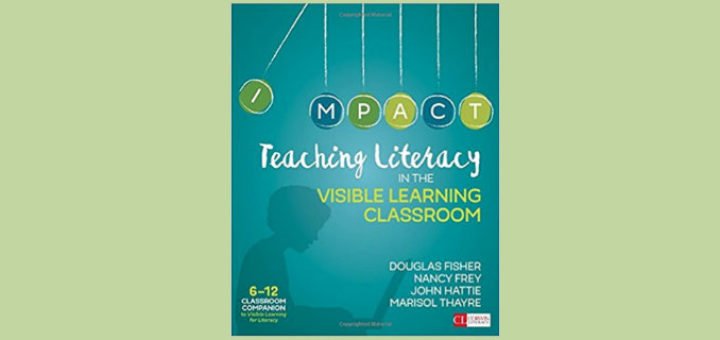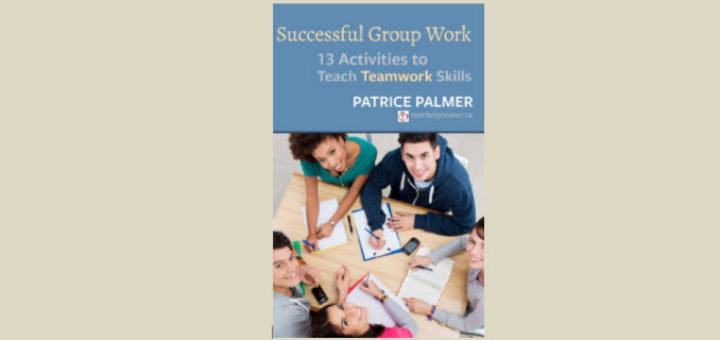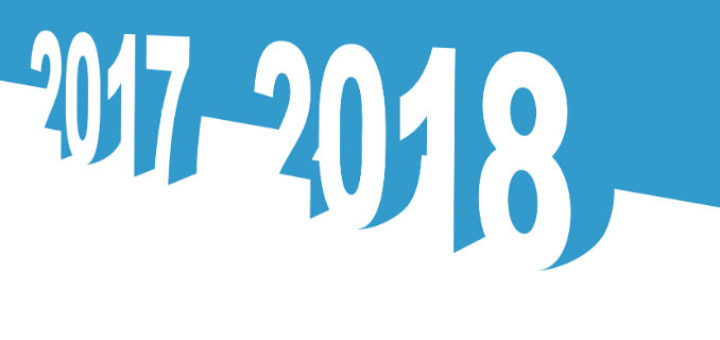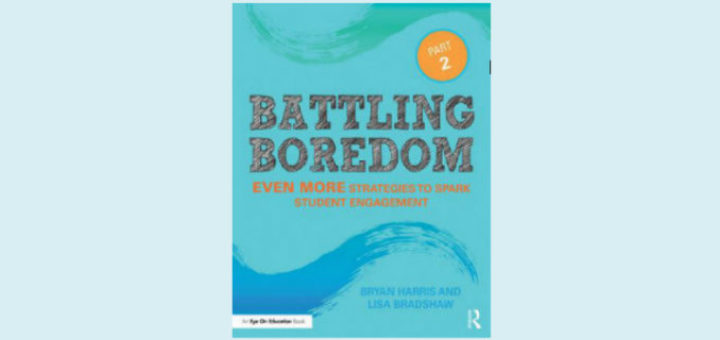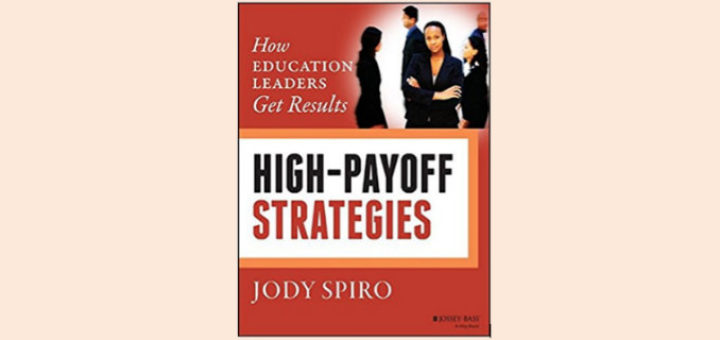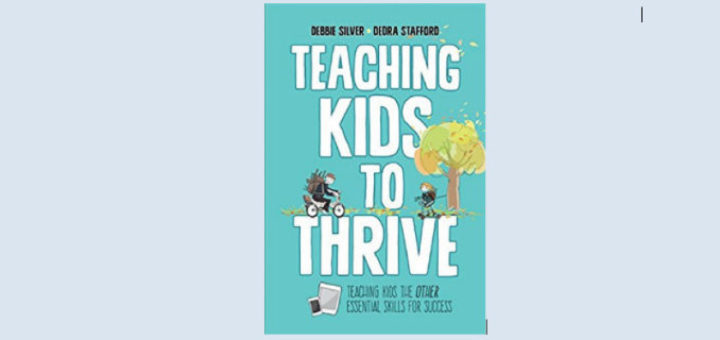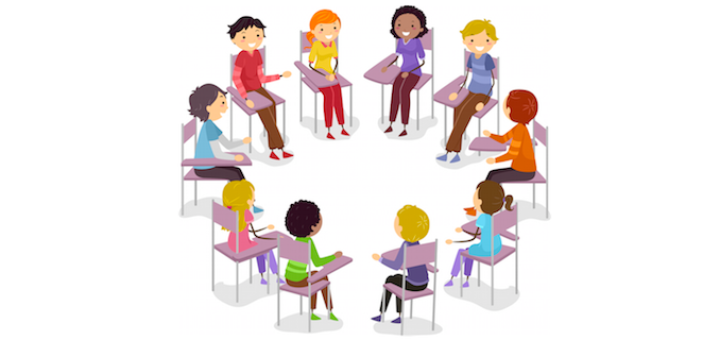Teaching and learning in grades 4-8
Sixth grade ELA and social studies teacher Kathee Lamberies expects she will be using Teaching Literacy in the Visible Learning Classroom from Fisher, Frey, Hattie and Thayre and tabbing its pages for years to come. It is likely to become her new “bible” of teaching!
Successful Group Work can help teachers provide structure within groups of students to help classrooms run more smoothly, says teacher Stacey Knighton. It’s most likely to be useful to a beginning teacher or someone just starting to do collaborative team work.
Off to a great start, Cheryl Mizerny continues to promote a Year of Kindness among her 6th graders and her school. Here she looks ahead and describes plans for the rest of the year. You’ll find lots of resources to promote kindness among your own students and community.
When Mary Tarashuk opens herself to the teaching that matters most and invites the “kairos” into her 4th grade class, the learning is deep and lasting. Join her as she reflects on why and how to keep the “chronos” – the task lists and schedules – from nagging too loudly.
Sometimes we don’t even realize there are things we say or do that may cause our ELL students to become anxious or discouraged and interfere with their ability or desire to learn. Expert Valentina Gonzalez shares six things we should avoid saying to English learners.
Some aspects of grading, such as whether to grade homework, are individual choices for a teacher. But never lose sight, says expert Barbara Blackburn, of seven essential practices that determine whether grading will be fair and meaningful – or ultimately pointless.
In Gallup surveys, students report increasing levels of classroom boredom, topping out in high school. How do teachers counter the trend? Harris and Bradshaw offer strategies in their 2nd book on Battling Boredom. Rita Platt finds lots to use with her own students.
In High-Payoff Strategies, Jody Spiro promises a toolkit of strategies and templates for school leaders to facilitate change. Principal Matt Renwick says Spiro tackles too many agendas in the brief book but thinks readers can pull out some useful ideas, including a culture scan.
The content of “Teaching Kids to Thrive” will help teach students positive ways to think, practice executive functioning skills, and create a culture of caring and responsibility. Linda Biondi describes why she found it to be one of the most empowering books she’s read.
Restorative justice practices put students in control of behaviors, writes Elizabeth Stein. Rather than being separated from peers in punitive ways, students gain a collaborative perspective and feel more accepted, supported, and capable of making positive decisions.

